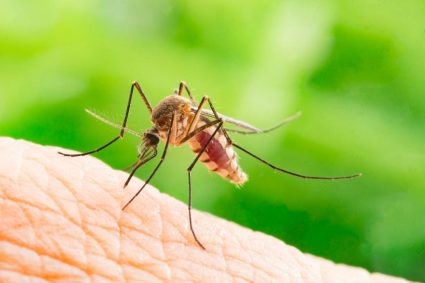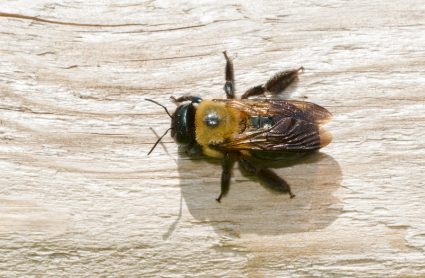
Skunks are known for their unique and effective defense mechanism – their potent and pungent spray. But where exactly does this infamous spray come from and how does it work? This comprehensive guide delves into the biology and behavior of skunks to answer these questions and more.
A skunk’s spray comes from specialized sacs located alongside its anus. These sacs are connected to the outside by small ducts that open just inside the anus. When a skunk feels threatened, it lifts its tail to release the potent and pungent spray as a defense mechanism.
The Origin of the Spray
A skunk’s spray originates from specialized sacs located alongside its anus. These sacs are connected to the outside by small ducts that open just inside the anus. These glands store the spray, which is why skunks need to lift their tails to release the pungent liquid.
The Production of the Spray
The spray is produced in the skunk’s anal scent glands, which are found in many mammals but are particularly well-developed in skunks. The spray is composed of thiols, also known as mercaptans. These are chemical groups made up of a sulfur and hydrogen atom bonded together. The potency of the spray is due to the presence of sulfur in the thiols, which has a rotten egg smell and is easily detected by the human nose. This strong and lingering smell serves as an effective defense mechanism for skunks, warding off predators and unwanted guests when they feel threatened.
The Range and Accuracy of the Spray
A skunk can accurately spray its pungent liquid up to 15 feet away. However, their aim is less accurate at greater distances. The smell of the spray can travel very far, and you might be able to detect it up to 1 mile away.
The Effects of the Spray
The spray can cause various effects on predators, including watery eyes, temporary blindness, respiratory problems, nausea, vomiting, ocular edema, and conjunctivitis. Despite these effects, skunk spray is generally not dangerous to humans or animals.
How Skunks Replenish Their Spray
Skunks can spray between 5 and 8 times consecutively before they run out of spray. Once a skunk has used up all of its spray, it takes about 8 to 10 days for its anal glands to refill. During this period, the skunk is left defenseless against predators.
Animals Immune to Skunk Spray
Some animals, like the Great Horned Owl, are immune to skunk spray primarily because they have a poor sense of smell. Other members of the order Carnivora, including dogs, lions, tigers, and bears, may not be bothered by the smell of skunk spray, but they can still be repelled by its irritant qualities.
In conclusion, a skunk’s spray is a remarkable and highly effective defense mechanism. By understanding more about where it comes from and how it works, we can better appreciate these unique creatures and their place in the natural world.
Frequently Asked Questions
What should I do if I get sprayed by a skunk?
If you get sprayed by a skunk, the first thing to do is to avoid touching your eyes or face. You can remove the odor by using a mixture of 1 quart of 3% hydrogen peroxide, 1/4 cup of baking soda, and 1 teaspoon of liquid soap. Apply this mixture to your skin or clothes, let it sit for five minutes, then rinse with warm water. Remember to discard any remaining mixture, as it can explode if stored in a closed container.
Can skunks spray humans?
Yes, skunks can spray humans if they feel threatened. However, they usually give warning signs before spraying, such as hissing, stamping their feet, and raising their tail. If a skunk shows these signs, it’s best to slowly and quietly back away.
Do all skunks spray?
Yes, all skunks have the ability to spray. However, not all skunks will spray. They usually only do so when they feel threatened. It’s their last line of defense.
Is there a way to prevent a skunk from spraying?
The best way to prevent a skunk from spraying is to avoid frightening or startling it. If you encounter a skunk, move slowly and quietly away from it. Skunks usually give warning signs before they spray, so pay attention to hissing, foot-stamping, or a raised tail.
Can skunk spray cause harm to pets?
While skunk spray is generally not dangerous, it can cause temporary discomfort to pets, particularly if they get sprayed in the face. Pets may experience temporary blindness, sneezing, or nausea. If your pet gets sprayed, it’s important to wash them thoroughly with a pet-safe skunk odor remover. If the spray gets in their eyes, wash them out with saline solution and consult a vet if symptoms persist.










